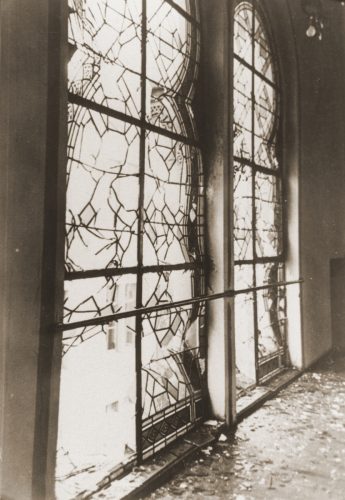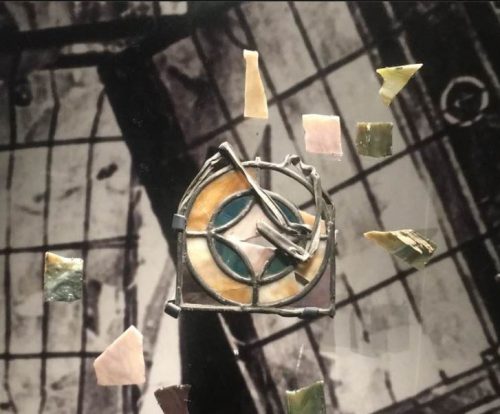The Power of Museums

This month’s edition of Performance Counts comes to us from Deputy Director Tracie Guy-Decker. Read more posts from Tracie by clicking HERE.

On February 26 and 27, several colleagues and I travelled the 40 miles south to Washington DC for the convening of the annual conference of the Council of American Jewish Museums. On Monday morning, the keynote address was from Kinshasha Holman Conwill, Deputy Director of the National Museum of African American History and Culture.
Ms. Conwill’s address was at the same time casual and compelling. She went off script long enough to joke with her audience about Black Panther and stayed on message consistently enough to deliver quotations verbatim. She invoked prophets—biblical and modern—from Isaiah to Martin Luther King Jr., Amos to Abraham Joshua Heschel. She recommended books and movies and articles. She shared successes of her museum.
But it was a phrase all her own that gave me pause. I jotted it down in my notebook: “acts of terror and fear connect Jews and Blacks in America.”
In a story to punctuate acts of terror and fear, she described the demoralizing experience of a noose being found in the galleries at the NMAAHC, in the same general time-period as the nation watched white supremacists in Charlottesville chant “Jews will not replace us” while marching with tiki torches.
As one, those assembled held our breath as we shook our heads in dismay. She told us about where and how the noose was found, and what the response was from her staff. And then she went on to relate the feeling of watching museum colleagues—from the US Holocaust Memorial and Museum, the Museum of National History, Air and Space, American History, National Gallery, and others, march up the National Mall to stand in solidarity with her and her colleagues.
She described the warmth of the day and the warmth of her heart knowing that museums exist, in part, to stand against the kind of cowardice that would leave a symbol of fear and violence in a public space. I could feel myself and my fellow audience members exhale our held breath. The reality of the noose was still with us, but our response, as museum professionals and as human beings, restored hope.
The story was real for me. It evoked strong emotion.
It was nothing compared to what I experienced the next day.

On an abbreviated docent-led tour of the Museum, I was struck by the presentation of Kristallnacht, the night of broken glass, when thousands of Jewish homes, businesses and synagogues were destroyed. The USHMM displays the remnants of a stained glass window from a synagogue destroyed on Kristallnacht along with large scale before and after photos of the sanctuary.* I was struck by the well of emotion the object invoked in me.

In the section about the bombing of the 16th Street Baptist Church, I made a point to look closely at the photos of the four girls who were lost, and then as I turned a corner, I was confronted once again by broken stained glass. The NMAAHC displays fragments of a window destroyed by the bomb that took those four children’s lives.**
Acts of terror and fear connect Jews and Blacks in America.
A small shudder ran up my spine. If Kinshasha Cornwill’s words gave me pause, these two stained glass windows, exhibited in museums on the same National Mall, made it real. In that shudder, I was reminded of the truth of the proposition of museums: things matter; experience is not the same as information.
In that shudder, I was strengthened in the hope and the conviction that museums can be a part of the change I want to see in the world.
More and more, our museum colleagues are realizing that though what we do is not partisan, it is political. Our visitors are not just learning information for their own use and edification. They are living experiences that, if we do it right, help them to become better human beings. With a nod to our colleagues at the Illinois Holocaust Museum and Education Center, if we do it right, our visitors will not be bystanders but upstanders. I look forward to continuing to walk this path at JMM.
*From the USHMM: “The shattered stained glass windows of the Zerrennerstrasse synagogue after its destruction on Kristallnacht.” More info here.
**From the NMAAHC: “Stained glass from the 1963 bombing of the 16th Street Baptist Church in Birmingham was donated by our colleagues Ann Jimerson (1963 Kids in Birmingham) and Joan Trumpauer Mulholland (SNCC veteran). Learn more here.”
